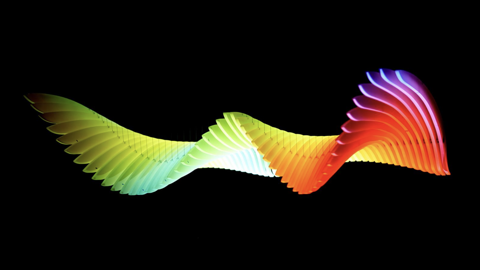How high can you jump on other planets?
Teacher notes
Weight and mass are very different even though the words are used interchangeably in the English language. Mass is a measure of the total amount of material or matter that makes up a body and is measured in kg. Weight is a measure of how much force pulls on a body and is measured in Newtons (N).
Weight is dependent on mass and acceleration or gravity ‘g’.
The mathematical relationship can be described with the following equation:
W = m x g (N)
‘g’ varies according to which planet you are standing on. In general planets with more mass have stronger surface gravity.
On the Earth’s surface g = 9.8kg/m/s2 (where m = metres and s = seconds).
If your mass is 70kg, then your
Weight = 70 x 9.8 = 686 N
Your weight can vary according to which planet you are standing on, however your mass stays the same.
Students are provided with relative scaling factors for the surface gravity of the Sun, the other planets in our Solar System, Pluto (a dwarf planet) and the Moon. With this information they can calculate and compare the heights of their jumps and the reading that bathroom scales (calibrated on Earth) would have if they were to stand on the different bodies in the Solar System.
The stronger the surface gravity, the more they are pulled by the planet, moon or star so it would make it more difficult for them to jump.
| Object | Surface Gravity (ms-2) | Surface Gravity relative to Earth |
|---|---|---|
| Earth | 9.8 | 1 |
| Sun | 273.42 | 27.9 |
| Mercury | 3.72 | 0.38 |
| Venus | 8.92 | 0.91 |
| Mars | 3.72 | 0.38 |
| Jupiter | 23.13 | 2.36 |
| Saturn | 9.02 | 0.92 |
| Uranus | 8.72 | 0.89 |
| Neptune | 10.98 | 1.12 |
| Pluto (dwarf planet) | 0.59 | 0.06 |






